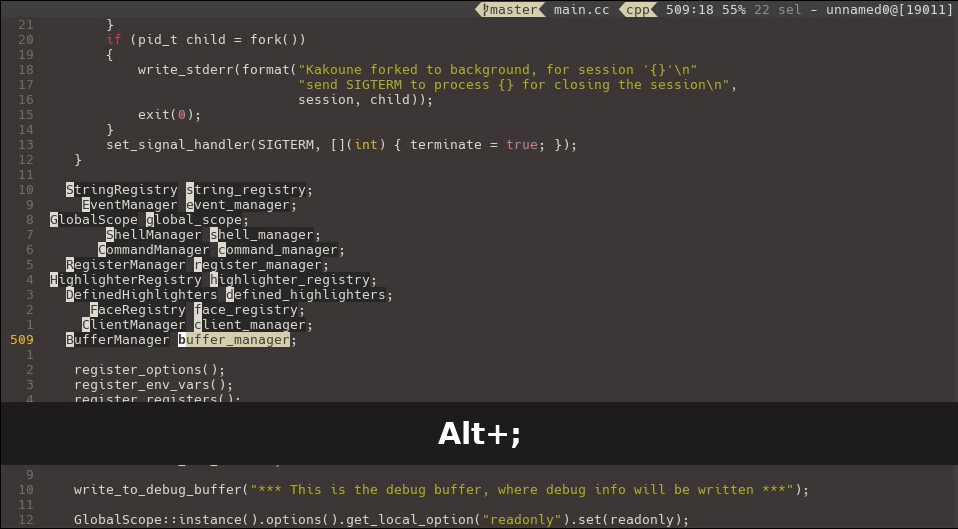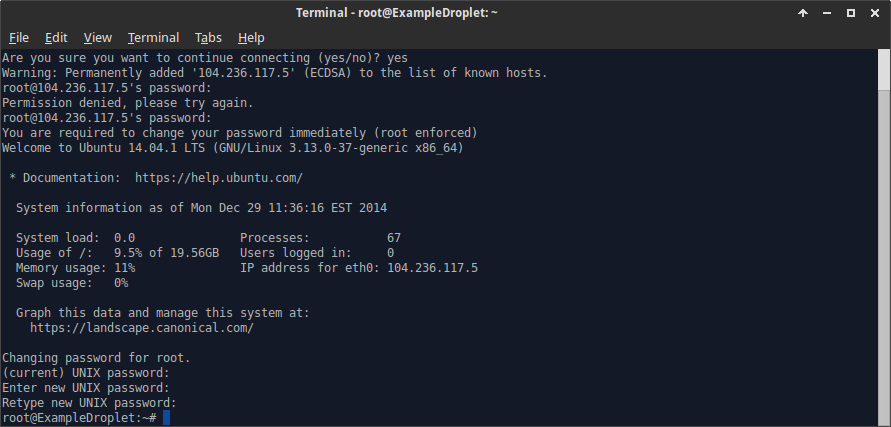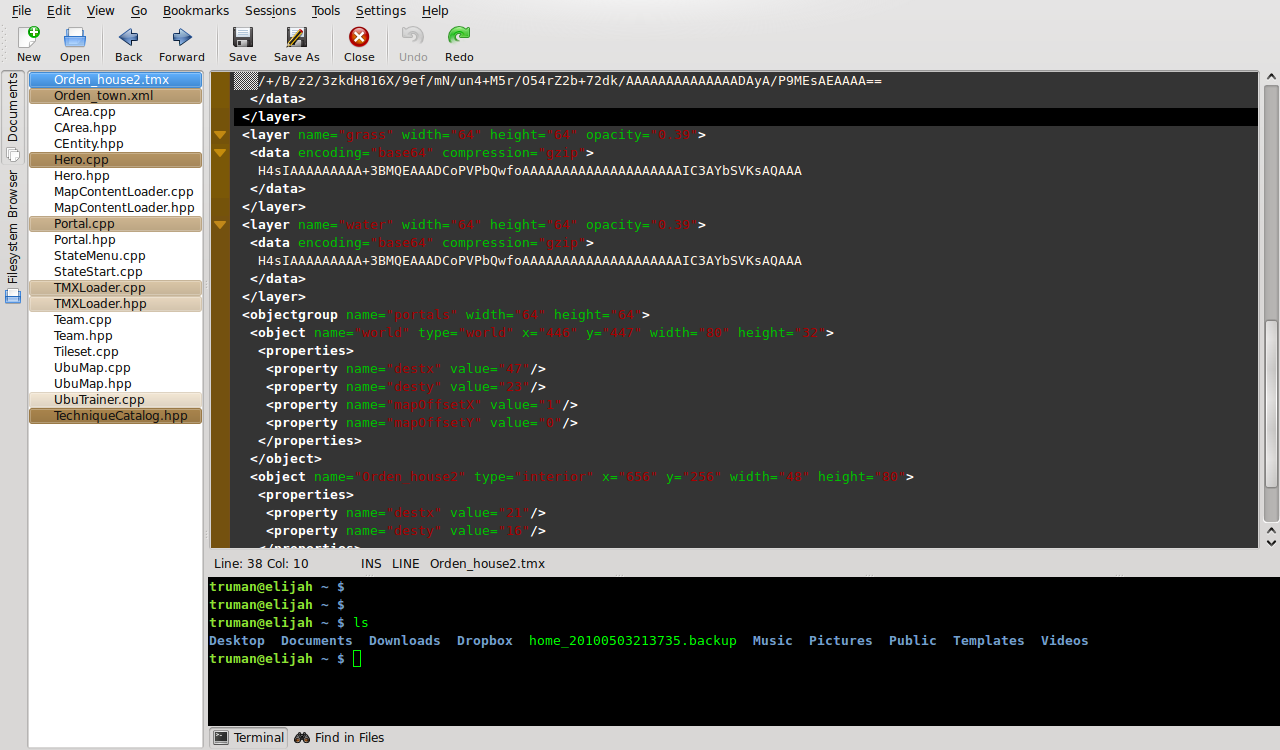

You can get a list of all commands by typing Ctrl+g. For example, the ^J commands mean to press the Ctrl and J keys at the same time. The caret symbol ( ^) represents the Ctrl key. This opens a new editor window, and you can start editing the file.Īt the bottom of the window, there is a list of the most basic command shortcuts to use with the nano editor.Īll commands are prefixed with either ^ or M character. To open an existing file or to create a new file, type nano followed by the file name: nano filename Install Nano on Ubuntu and Debian # sudo apt install nano Install Nano on CentOS and Fedora # sudo yum install nano Opening and Creating Files # If you don’t have nano installed on your system, you can install it using the package manager of your distribution. The output will look something like this: GNU nano, version 2.9.3 To check if it is installed on your system type: nano -version Nano text editor is pre-installed on macOS and most Linux distros. In this guide, explain the basic usage of the nano editor, including how to create and open a file, edit a file, save a file, search and replace text, cut and paste text, and more. It includes all the basic functionality you’d expect from a regular text editor, like syntax highlighting, multiple buffers, search and replace with regular expression support, spellchecking, UTF-8 encoding, and more.

GNU nano is an easy to use command line text editor for Unix and Linux operating systems.

For those who need a simple editor, there is nano. Both of them have a steep learning curve that can be intimidating to new users. Two of the most powerful and popular command-line editors are Vim and Emacs. These are often more complex to use than nano, but are also more powerful.When working on the command line, quite often you will need to create or edit text files. There are also quite a few other terminal-based editors available in Kubuntu, popular ones include VIM and Emacs (the pros and cons of each are cause for much friendly debate within the Linux community). When running it from the command line, always use the following command, which ensures that the editor will not introduce line breaks: nano -wįor more information about how to use nano, refer to the guide on the wiki. If you need to use a text editor from the command line, you can use nano, which is a simple to use text editor. K-menu-> Utilities-> Kate (Advanced Text Editor)įrom the command line using kdesu, as mostĬonfiguration files require root privileges to alter them. Through the graphical interface, you may occasionally have toĮditor, which can be launched by clicking Even though you most often can edit configurations

All of the configurations and settings in Linux are saved in


 0 kommentar(er)
0 kommentar(er)
